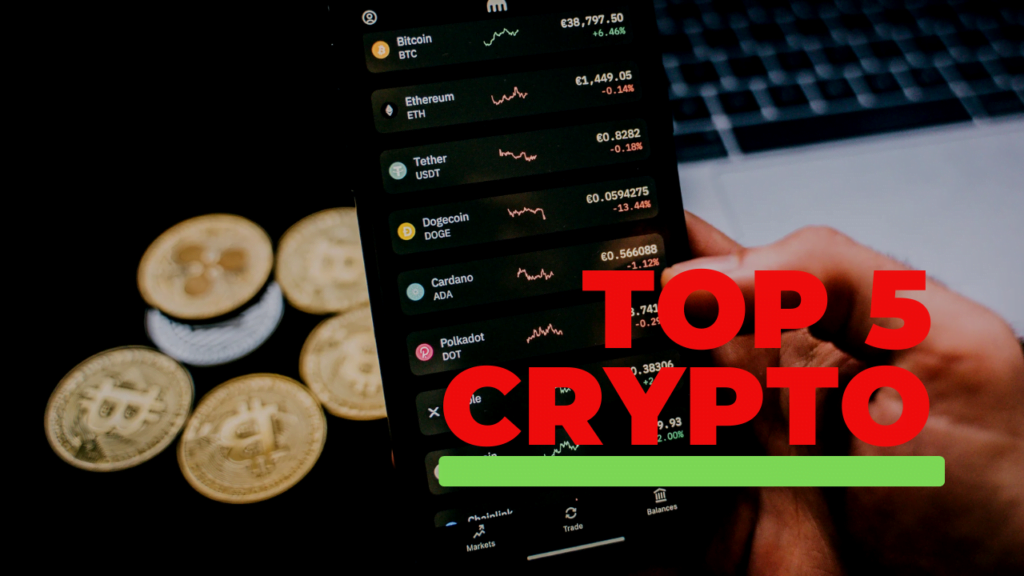
Table of Contents
Toggle1. Bitcoin (BTC)
Bitcoin, created in 2009 by the pseudonymous Satoshi Nakamoto, is the original cryptocurrency that introduced the concept of decentralized digital money. It allows peer-to-peer transactions without the need for intermediaries. With a capped supply of 21 million coins, Bitcoin is often viewed as “digital gold” and is a popular investment for those seeking a secure store of value.
2. Ethereum (ETH)
Launched in 2015 by Vitalik Buterin and a team of developers, Ethereum is a blockchain platform that supports smart contracts and decentralized applications (dApps). Its native cryptocurrency, Ether (ETH), is used to fuel these applications and pay transaction fees. Ethereum’s flexibility and widespread adoption make it a cornerstone of decentralized finance (DeFi) and non-fungible tokens (NFTs).
3. Binance Coin (BNB)
Binance Coin is the native cryptocurrency of the Binance exchange, one of the largest cryptocurrency exchanges globally. Initially launched as an ERC-20 token on the Ethereum blockchain, BNB later migrated to Binance’s own blockchain, Binance Chain. BNB is used to pay for transaction fees on Binance, participate in token sales, and serve various utility functions within the Binance ecosystem.
4. Cardano (ADA)
Cardano is a blockchain platform designed for smart contracts and decentralized applications, focusing on security, scalability, and sustainability. Founded by Charles Hoskinson, one of Ethereum’s co-founders, Cardano is developed by the IOHK (Input Output Hong Kong) company. ADA, its native cryptocurrency, powers the platform’s operations. Cardano is known for its scientific approach and peer-reviewed research, emphasizing rigorous academic standards.
5. Solana (SOL)
Solana is a high-performance blockchain platform launched in 2020, designed to support decentralized applications and cryptocurrencies. Solana uses a unique consensus mechanism called Proof of History (PoH), combined with Proof of Stake (PoS), to achieve high throughput and low latency. Its native cryptocurrency, SOL, is used to pay for transaction fees and secure the network through staking. Solana’s ability to handle thousands of transactions per second makes it a popular choice for DeFi and NFT projects.
These cryptocurrencies showcase a wide range of applications and innovations within the blockchain industry. Each one has unique attributes and capabilities, contributing to their prominence in the global cryptocurrency market.
4o
